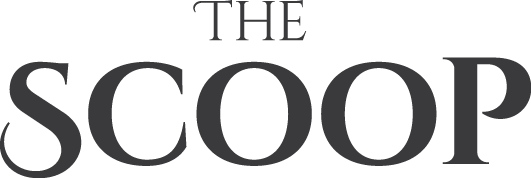It’s been two years since “fake news” first appeared as a topic of mainstream conversation — a term popularised by Donald Trump and swiftly picked up by the media as people move from print to the digital realm.
But this supposedly new phenomenon isn’t really new at all, says consultant Alan Soon, co-founder of The Splice Newsroom, a company which reports and tracks the transformation of media in Asia.
Fake news isn’t a trend, he says, it’s been around since the advent of media, but the digitalisation of news does pose new challenges.
We caught up with Alan during the East-West Center’s International Media Conference held in Singapore this week to talk about how media and the public should approach misinformation in the digital age.
How would you define ‘fake news’?
Alan: Fake news is two things. It’s a political term used by politicians whenever they come across something they do not like or do not agree with. The second is when people spread rumours to create a certain hysteria in the market to create distortions and perceptions. Some of these distortions are orchestrated and some of them are harmless mistakes. I think two years ago, we weren’t talking about this until President Trump started talking about it. So I think that is an important thing to keep in mind.
Rumours and falsehoods have always been there, and people make mistakes sometimes in saying things. If you go to a bulletin board or forum, people throw out a whole bunch of ideas, half of which are not substantiated, but yet we have accepted that to be normal, but we would not accept this of news. I think that is a struggle and it’s an unwinnable war.
How do you think media companies and newsrooms should tackle fake news?
Alan: I think one of the problems is that we talk about fake news as though it is a “thing”. It is not really a thing. We as journalists are supposed to get our facts right, verify them and if there is a competing point of view, then we offer and understand that point of view. So I don’t think there is much more we [journalists] can do.
I think the big challenge is around what happens in the dark corners of the web when people are creating rumours and spreading them on WhatsApp, for example. I think that is a bigger danger.
So if we [newsrooms and journalists] can get the utility of media right first, then the utility creates value, and then comes reputation and for people to trust us to get the facts right.

What do you think about the role of government in addressing the spread of fake news?
Alan: The role of government is to make sure that there is a credible media ecosystem in place that people can turn to when they need to find information that they can trust. If governments are going after media companies and shutting them down, that is a bad thing because then they have no way of reaching that audience.
Can you share your thoughts on how you think ASEAN nations can work together to counter fake news?
Alan: There have been a few conversations on this over the past few years, none of which have resulted in anything substantial. The fact is that we do not have a common definition of this.
I think it is the responsibility of everyone to understand that when you are on the internet, you can find a thousand different points of views, half of which are real and the other half not. So we do need a diversity of media and sustainable media, and to create sustainable sources that people look towards and trust.
Portions of this interview have been edited and condensed for clarity.

